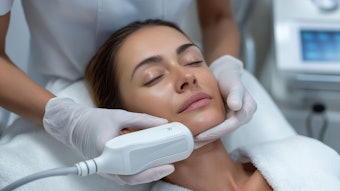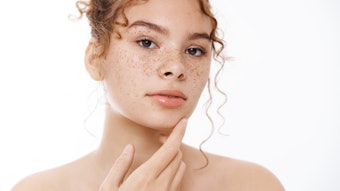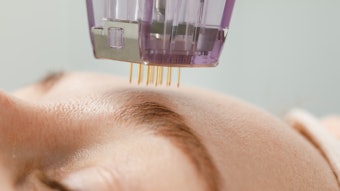
Human skin is home to billions of microorganisms that compose the skin microbiota. Like those in the gut, skin microorganisms have essential roles in the protection against invading pathogens, the education of our immune system and the breakdown of natural products. We live in partnership with our microbiota; it is complex communities of bacteria, fungi, yeasts, mites and viruses that inhabit the body’s surfaces. These relationships have been forged and challenged over millions of years of coevolution. Thus, we depend on our microbial cohabitants as major participants in shaping and maintaining essential physiological processes.
Skin Microbiome
As our outermost barrier against the external environment, the skin is colonized by a distinctive commensal microbiota that stimulates and educates our immune responses, fortifies the barrier function of the skin, breaks down natural products and contributes to proper differentiation and epithelialization, and even provides direct defense against pathogenic microorganisms.
The microbiome refers to the collective genome of microorganisms. Hence, the skin microbiome is a collection of genomes that serves to maintain a complex relationship on the skin. The stratum corneum is a desiccated and nutrient-poor milieu. Human skin evolved a remarkable capacity to protect the microbiome, with millions of hair follicles and sebaceous glands providing niches for established microbial communities. Taking these into account, the skin is actually the body’s largest epithelial surface for microbial interactions. The microorganisms residing on the skin, the microbiota, are able to colonize and proliferate on the skin despite its hypersaline and acid environment with low nutrient availability. Microbes adapt by feeding off available resources in sweat or sebum as well as dead cell materials. The skin microbiota is formed by the environment and will thus differentiate significantly from the microbiota of the mouth, gut, stool or ear. The skin microbiome varies in complexity, diversity and stability and is individual to each human being. It also varies by skin site, hygiene level and environmental conditions, making it more difficult to derive general rules for or links to specific diseases.
Skin Areas
The areas of skin either fall into dry, sebaceous or moist environments. Bacteria dominates the skin microbiota. These predominantly belong to three phyla—actinobacteria, firmicutes and proteobacteria—with associated bacteriophages further modulating bacterial community dynamics and virulence. The most common bacterial genera are corynebacterium, cutibacterium
and staphylococcus.
Continue Reading our Digital Magazine to learn more about the microbiome...
Charlotte Vedel, Ph.D., is the COO of Lactobio and former CTO of Novo Nordisk Foundation Center for Biosustainability. She holds a doctorate in microbiology from the Danish Technical University, is the author of several peer-reviewed papers and the inventor of several granted patents.











